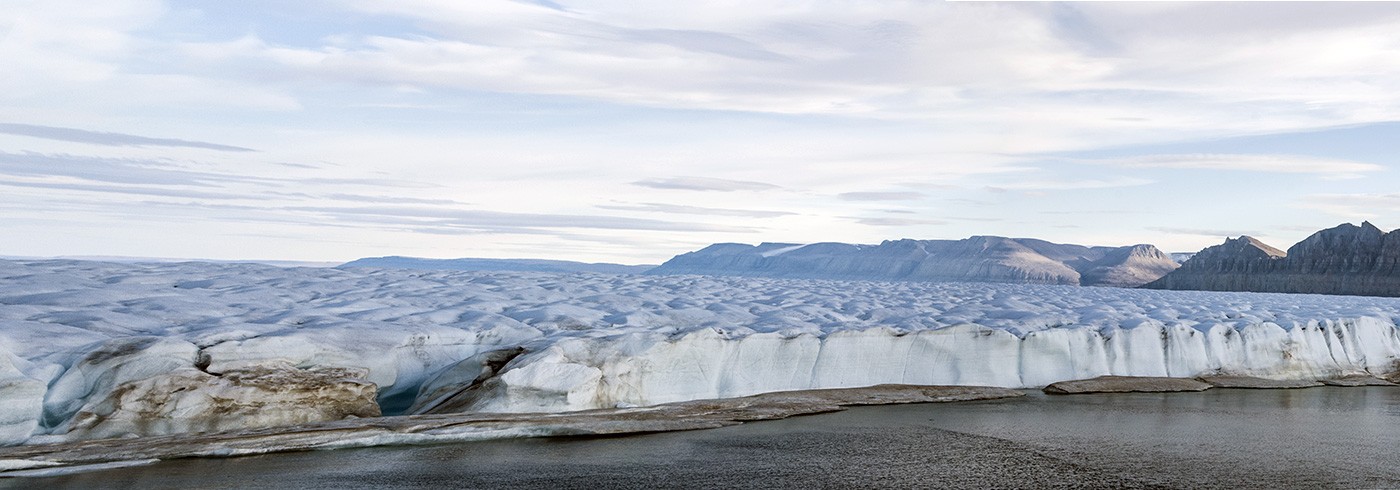Andreas from the University of Delaware, Jari from KTH Royal Institute of Technology, Stockholm, Christina the teacher, and Céline (me) from the University of Gothenburg all joined Oden Wednesday last week. Not knowing when our first CTD station would be, we immediately – well, after fika – started unpacking to be prepared. But first, let me explain to you what a CTD is.
CTD stands for “Conductivity, Temperature and Depth”. It is a metal cylinder that we lower in the water using a winch, and as this winch is connected to our computers we can see live what the conductivity (salinity) and temperature of the water are at each depth. The CTD is surrounded by sampling bottles that can be closed at specific depths. Then once the CTD is back aboard we can collect water from the bottles to analyse it. Inside our container (called “the CTD van”) there are also some green balls, Jari’s bottom landers, but these will be the topic of another blogpost.
Preparing the CTD is not really complicated, but it requires a lot of flexibility and some strength (or grease). Two people have to crawl and squeeze under the sampling bottles to reach the central part where the sensors are plugged. These plugs are really tight, to make sure no water comes in and damages the electronics, but that also means we spent quite a while pulling, pushing, twisting, greasing, pushing again, before we could properly plug the sensors. Meanwhile, the crew prepared the wiring so that the CTD can be attached to the big ship’s winch. Finally, we had to adjust a few settings on the computer in the control room to increase the precision of the sensors, and we were good to go. Which we did on Monday evening!
Actually, for that particular case, the bottles were surrounded by other sensors that are now on the ice shelf. These sensors needed to be calibrated before they could be sent to the ice-shelf team with the helicopter. So we had them recording the temperature and salinity at the same time as the CTD was doing it, and by comparing the values obtained from all the instruments the ice-shelf team now knows which correction to apply to their sensors. It was also a great way for us to check that the CTD is working properly and to practice deploying it, so that we are ready when the real work starts (tonight normally).



